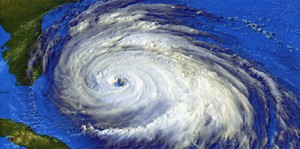
Save yourself time, money, and headaches by restoring your property with a LEED AP Certified contractor.
Dealing with damage from a natural disaster is never a pleasant experience. It can be painful, difficult, and time consuming for all parties involved. However, renovating after disaster strikes can also present an opportunity. More and more restoration projects are taking advantage of green technology when rebuilding. While these types of repairs are rarely planned for, rebuilding after damage can allow you to take advantage of technology which will both help the environment and save you money in the long run.
When hiring a restoration vendor, you should make sure that they are well versed in green building and repair. The U.S. Green Building Council’s Leadership in Energy and Environmental Design, also known as LEED provides certifications for builder and restoration experts, and you would be wise to check to see if your restoration vendor is LEED AP Certified.
There are many reasons to hire a LEED AP certified restoration vendor. Here are a few of the major ones:
- Restoring by LEED AP standards could qualify you for insurance benefits. More and more insurance companies are encouraging green rebuilding by paying for a portion of labor and material costs
- Save money in the long run – Green appliances and building materials will help your business save money on energy costs while also being beneficial for the environment
- Future proof your building by ensuring your properties meet and even exceed current building codes. The tide of green building is only getting stronger and you may be required to re-renovate your properties a few years down the line
Whether your home or business sustained damage, there are many advantages to working with a contractor who is experienced in green building practices. Restoring your home by LEED AP standards will put you ahead of the curve as far as building requirements are concerned and will save you regulatory headaches in the future.
